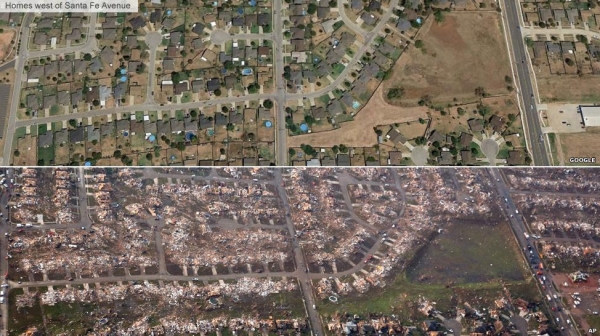Sense and avoid technology is perhaps one of the most sought out technologies in the field of aviation. The introduction of unmanned aerial systems threatens to make air navigation a highly complex activity. Multiple companies are currently working around the clock to develop an effective sense and avoid system. Among these companies is LightWare optoelectronics which has successfully introduced a promising product; the SF40/C. LightWare Optoelectronics is a South African company founded in 2011 with the objective of raising awareness about the design, development and application of laser rangefinders. With over 40 years of experience in the design and development of laser range finders, LightWare Optoelectronics aims at advancing this technology for the benefit of humanity.
LightWare Optoelectronics has developed a new sense and avoid product dubbed the SF40/C. The SF40 is a light detection and ranging (LiDAR) sensor capable of sensing and detecting obstacles and determining an alternate route. The SF40 can detect and measure obstacles up to 100 meters away. In addition, its on-board analysis and navigation tool systematically finds escape routes. The SF40 offers up to 4.5 complete data refreshes per second. This sensor is easy to configure and use even with a low performance processor. The SF40 performs simultaneous data collection and analysis for quick response to obstacles and continuously monitors internal systems status warning the operator of any system faults. The SF40 can be easily connected to standard flight controllers through a serial port.
The sensor uses a scanning rangefinder laser with a range of 100 meters. The SF40 sits on a 360 degree spinning disk giving it the ability to sense obstacles all around it. The system’s rotation can be adjusted to 1 , 2.25, or 4.5 revolutions per second. Critical functions of the sensor are managed by an integrated circuit known as a Field-Programmable Gate Array (FPGA). The FPGA allows the system to be programmed on the field after manufacture allowing the 32-bit arm cortex-M3 processor to monitor systems performance and reliability as well to conduct data analysis. The analysis of data is conducted asynchronously allowing the system to expedite through multiple calculations. An analytical tool kit then uses this data to produce alternatives and execute navigation decisions.
Some of the tools used by the system are fully autonomous, and some other require it to answer navigational questions such as “which way should I go?” or “is it safe to change direction?”. The main navigation tools are: alarm zones which scanned predetermined areas and and warns the operator of any obstacle; a virtual laser rangefinder (VLRF) which measures the distance to an obstacle in any direction; a searchlight checks that a specific area is cleared of obstacles before a change in direction is executed; a navigator finds open pathways between obstacles; and a mapper provides all of the measurements in a specified area.
The SF40 hardware is composed of the SF40 sensor, the power connector, the user connector, LED indicators, the motor, the laser, and the opto and servo. The SF40 has two modes of serial port communication; MMI communications and HMI communications. The SF40 weighs 270 grams not including cables which limits its ability to be integrated on the smaller unmanned aerial systems. Resolution is selectable from 0.03 to 0.12 meters. The sensor measures 91 millimeters in height and 79 millimeters in its largest diameter. The SF40 is commercially available and cost $999 excluding taxes, and shipping. SF40’s ability to quickly scan distances up to 100 meters providing 360 degree obstacle sensing make it specially useful in unmanned aerial systems.
References
Lightware Optoelectronics. (n.d.). SF40/C (100 m). Retrieved from http://www.lightware.co.za/shop/en/scanning-and-obstacle-detection/45-sf40c-100-m.html


